
Written by digiDirect
Lenses come in all different shapes and sizes and have equally diverse purposes for photography. Walking into your local digiDirect store to check out possible lenses for your kit can be a bit overwhelming at first. You have it all from flat little pancake lenses to behemoth telephoto lenses. In this article, we are going to take some time to explore the lenses at the long end of the focal length and discuss some of their applications. In particular, we are going to explore some tips for using telephoto lenses for sports and wildlife photography.
It is also critical to know what type of telephoto lens is suitable for an application like sports or wildlife photography. Further to this, understanding some of the challenges faced by photographers in this genre is critical. Having a large telephoto lens allows you to shoot a lot of exciting subjects, but their size and weight can make transport and support an issue. We will help you master those challenges so you can make the most of the opportunity.
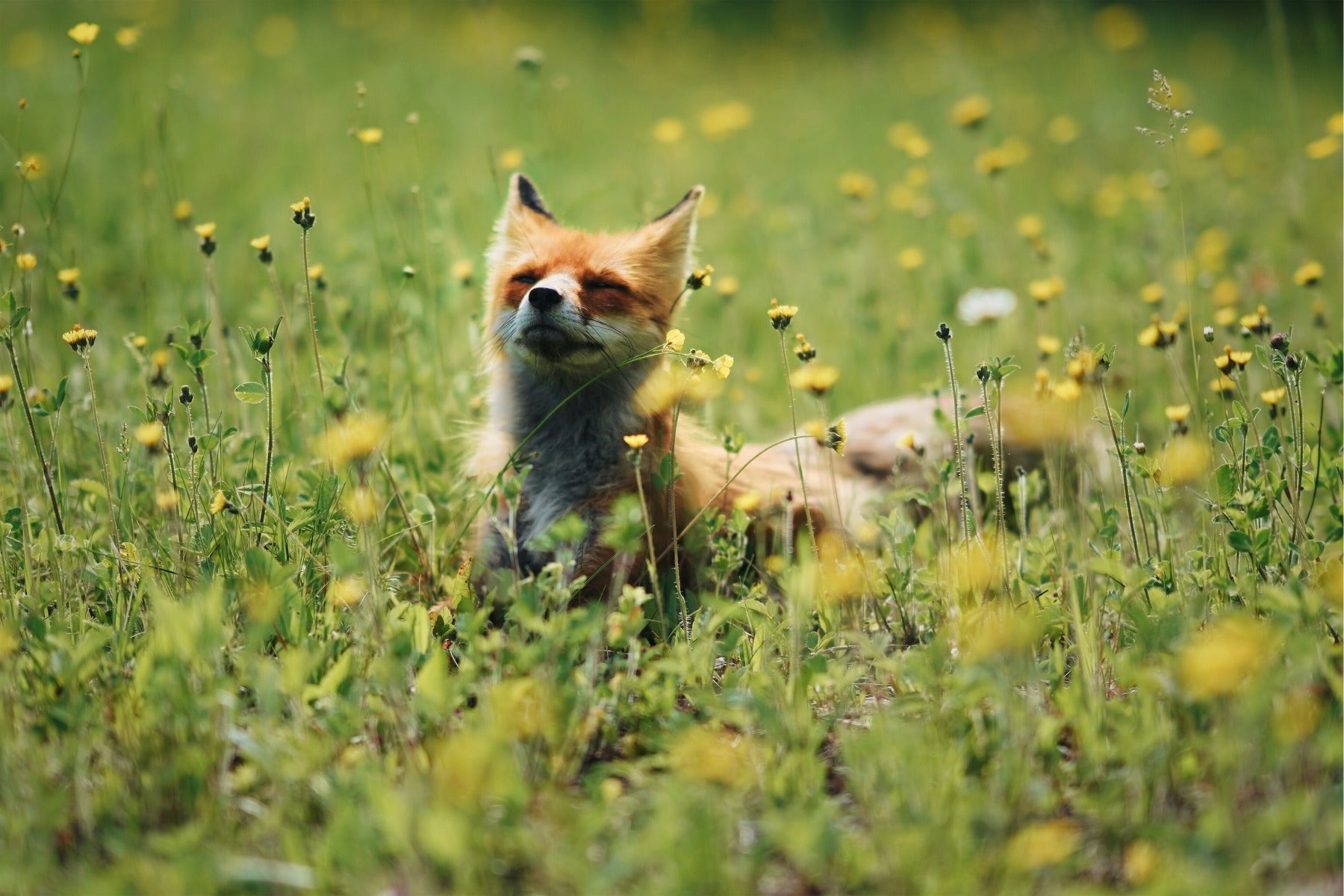
Shooting wildlife in their natural habitat almost always requires a telephoto lens
Why are Telephoto Lenses Beneficial for Sports and Wildlife?
Telephoto lenses are fantastic for use in both sports and wildlife photography because their long focal length gives you much more reach than can be achieved with other lenses. With shorter focal lengths, the most common way to increase the size of your subject is to simply walk closer to it so that it is larger in the frame. But what if you can't walk any closer than you already are? That is where a telephoto lens comes into play as it reduces the need for you to move closer to your target.
Telephoto for Wildlife
Telephoto lenses are especially popular with wildlife photographers as they provide the necessary reach to frame and photograph animals in their natural settings. While you can sometimes get closer to an animal to photograph it, more commonly you will disturb it and it will disappear from view. Even if it doesn't run away, the proximity of humans can make animals wary, which will mean you won't capture regular behaviour from them. Additionally, using telephoto lenses minimises your impact on a natural habitat that may be fragile. Be considerate of wildlife that you are photographing as the natural ecosystem's preservation should always come first.
Telephoto for Sports
Telephoto lenses are also very commonly used in sports photography, both by amateurs and professionals alike. The obvious reason for this is that sports have a specified area of play, and non-players aren't allowed to enter the play field. Imagine a photographer running behind players with a 50mm focal length lens trying to capture a player shooting a goal! In addition to not being able to enter the field, many sports have spectators confined to specific seats, so they are not even able to move around the edges of the pitch. If the action is happening on the far side of the field, normally you'd be out of luck. However, with a suitable telephoto lens, you can photograph a whole game, even if you're stuck in a single location. Some professional sporting photographers will even bring more than one camera - typically one with a short telephoto lens for closer action, and one with a long telephoto lens for activity on the other side of the field. Below we will cover in more detail what focal lengths are suitable for various situations.
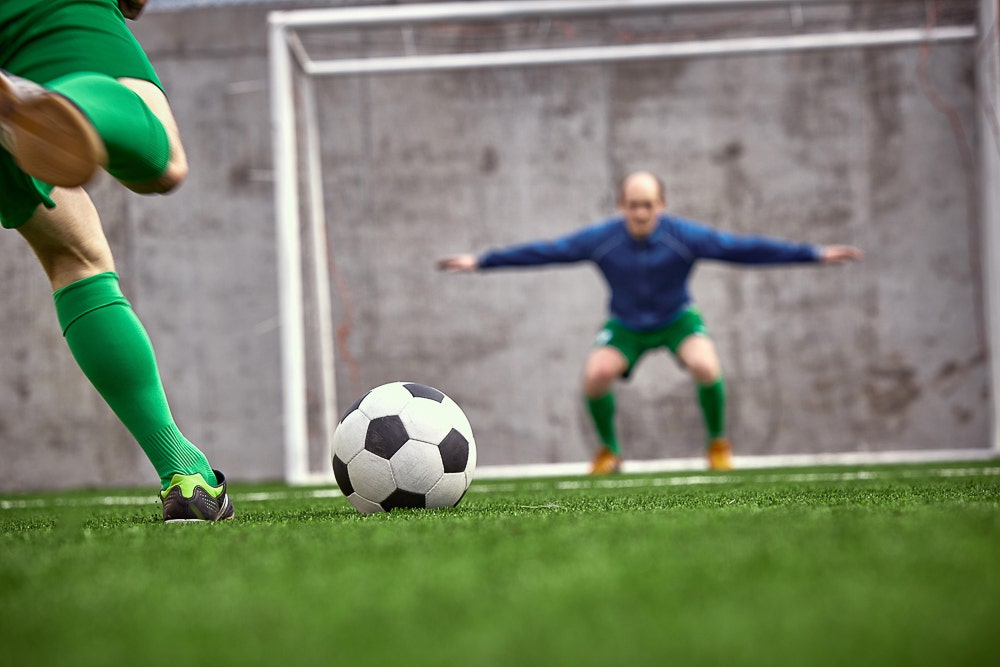
Achieving a shot like this isn't realistic in a real sports environment
What Focal Length Ranges are Useful?
When choosing a suitable focal length for your sports or wildlife pursuits, there are several considerations to make. As with choosing any type of lens, you need to think about your intended purpose and the likely field you will be photographing within. Choosing a telephoto lens with a maximum range of 200mm sounds like it gives you a significant amount of reach. However, if your aim is to shoot birds, you may find that 200mm is actually not enough. If possible, it is always a good rule of thumb to have too much reach than not enough.
Telephoto Zooms
Telephoto lenses can, of course, include zoom lenses and these are incredibly popular for those looking for a single lens to cover a range of work. Such a lens is the Canon 70-200mm f/2.8L IS III which gives you the flexibility of being able to capture images distant and close. A lens like this is a perfect starting point for those unfamiliar with telephoto shooting. If you have only ever shot with short focal distance lenses or primes, a 200mm focal length will surprise you. And being a constant f/2.8, you will be equally amazed at the image quality and sharpness. While this lens may not have the scope necessary to cover an entire sports field, it will be suitable for covering anything that happens within your vicinity without later having to crop and zoom your images.
An example of a lens with a significant range that is still a versatile zoom is the Sony FE 100-400mm f/4.5-5.6 GM OSS Lens. This lens provides a far higher level of reach but also the freedom to be able to capture subjects both mid-field and in the distance. This kind of lens is a perfect application if you are capturing wildlife on the move or where you have the ideal vantage point and are tracking moving animals. The same principle applies in the sports world where you may be shooting Formula 1 cars racing around a Grand Prix circuit. When they are various distances away, you can zoom and frame your composition to your liking.
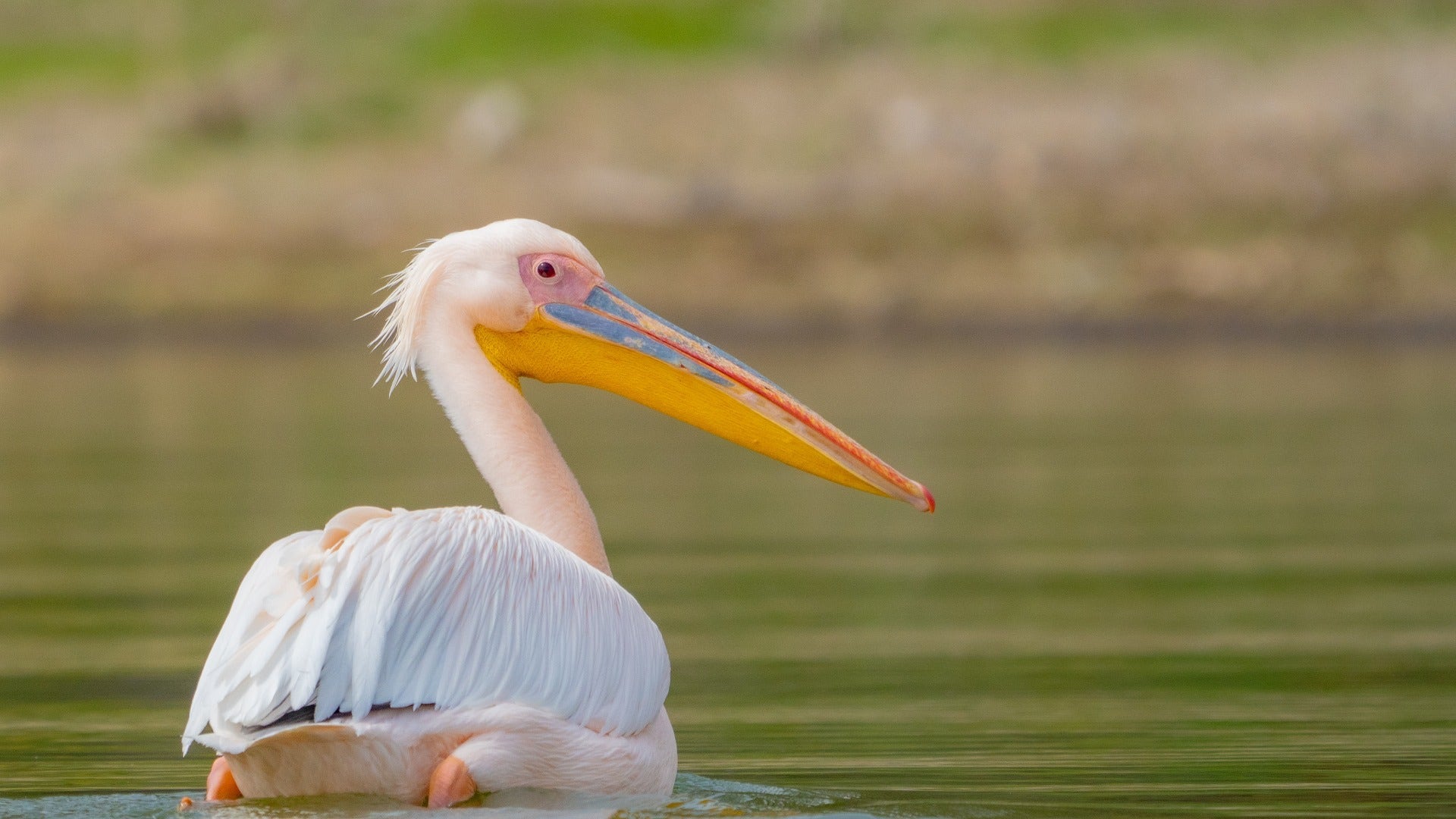
Birds are often more easily scared away than mammals and are often smaller, meaning they typically require even longer focal lengths
Telephoto Primes
Telephoto primes have a fixed focal distance, and while they provide less flexibility, they can offer far greater reach. Telephoto lenses are available in some popular focal lengths. Common focal lengths range from 200mm to 400mm. But of course, they don't stop there as you can also acquire telephoto prime lenses in 600mm and 800mm focal lengths, although lenses of this length are very large, heavy, and costly. However, they provide unmatched reach for the photographer who can make use of them. The level of detail that you can achieve across that deep gorge or the football field will be incredible. Keep in mind though that a lens of that nature is unsuitable for close-up work.
Tips For Shooting With a Telephoto Lens
Shooting with larger telephoto lenses can present some new challenges and work practices to your photographic process. For one, the lenses tend to be far more substantial than other lenses as they require more glass elements in order to achieve their long focal length. In addition, many manufacturers choose to construct their telephoto from heavy materials, which makes them solid but also weighty. Telephoto lenses tend to need a bigger bag too. Some of the larger and premium telephoto lenses may even come with a case. Regardless, you still need to consider how much gear you can carry, especially in a wildlife setting. Let's take a moment to discuss some of the additional considerations you will need to make when sporting a large telephoto lens.
Position Yourself
In sports photography, you will notice that many professional photographers will position themselves in a comfortable location with an unobstructed view. It is not uncommon for them to be on the sidelines of an event sitting on a stool or in a folding chair. Standing for the full duration of a sporting event such as a soccer match while supporting a 600mm telephoto lens is not easy and over time will place a tremendous amount of strain on the body.
How to Bear the Weight of Large Lenses
The bigger the lens, the more weight for you to carry. Weight is a critical consideration for you to make as part of your purchasing decision. The aforementioned 600mm lens sounds impressive, but it is over 3kg in weight. If you take such a lens on a hike for a wildlife shoot, you will be feeling its burden by the end of the day. You will need to plan your trip to make sure that you are not spending too much time handholding your lens and causing excess strain on your body. One thing that can really help is having the right bag or strap. Look for a bag that has sturdy straps that will help distribute the weight across your body, rather than focus it on one shoulder or similar. A good example of this is the Lowepro ProTactic 450. Heavyweight camera straps or holsters (like the SpiderPro V2) are also available that support both the camera and the lens as a combined unit.
Tripods and Monopods
In many cases, you will want to set up your telephoto lens on a tripod to gain stability. Shooting handheld with a large telephoto lens is possible but not necessarily practical given the weight of the product. Using a tripod or a monopod attached to the foot of the telephoto lens gives you more significant support. Monopods in particular are very useful because they take most of the weight of the lens while still being very flexible and quick to use. Tripods are still a great option as well, but they do take more time to set up and can be a bit slower if you will be frequently on the move. Most telephoto lenses have a tripod collar, and we recommend mounting your camera using this, rather than the mount on the bottom of your camera. This is because the large lens makes your camera much more front-heavy, moving the centre of balance to mid-way through the lens. You'll have an easier time balancing if connected to your lenses' tripod mount.
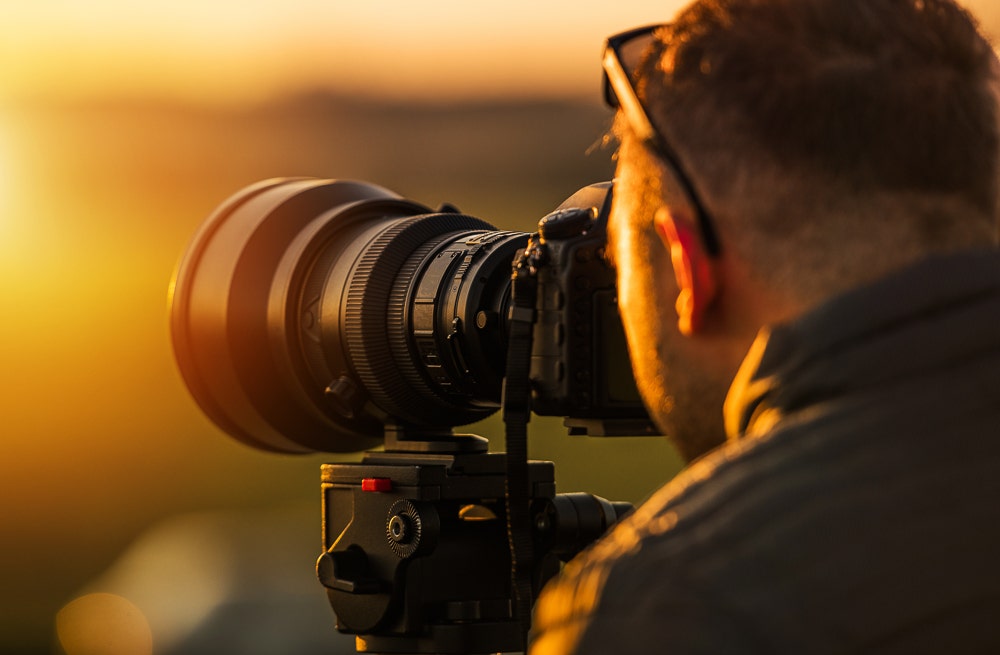
Using tripods or monopods is required when using many larger telephoto lenses
Benefits of Fast and Constant Aperture
Having a fast and constant aperture for either sports or wildlife shooting is a crucial factor in choosing a suitable telephoto lens. Constant aperture in a telephoto zoom lens means that regardless of if you are at a focal length of 70mm or 200mm, the aperture remains the same. The reason this is important is that you will likely be frequently changing your zoom as the subject moves. Having a constant aperture means that as you zoom your exposure won't change because your aperture won't change. Non-constant aperture lenses will change the aperture as you zoom which may change your exposure, or cause your camera to adjust your shutter speed lower, potentially ruining your image. A fast aperture is particularly important for indoor sports as it is a darker environment and in order to keep your shutter speed high (necessary for freezing movement) you will want a fast aperture. Even for non-indoor sports, a fast aperture will allow you to blur out the background so you can focus more attention on your subject.
APS-C Sensor vs Full Frame Sensor
If you are considering a new kit for wildlife or sports photography, then there is an important consideration you must be aware of. When shooting with a camera that uses an APS-C sensor, the crop sensor results in a magnification of the focal distance. For example, a lens with a focal length of 200mm (full-frame equivalent) will have a 1.5x crop factor, giving it an effective focal length of 300mm on an APS-C camera. However, when shooting with a full-frame camera there is no crop factor and therefore the focal length remains at 200mm. So you can be a bit sneaky and squeeze out some extra range by shooting with an APS-C sensor. For this reason, smaller sensor cameras sometimes present an advantage. However, using a full-frame camera does have other benefits, so you have to balance these considerations.
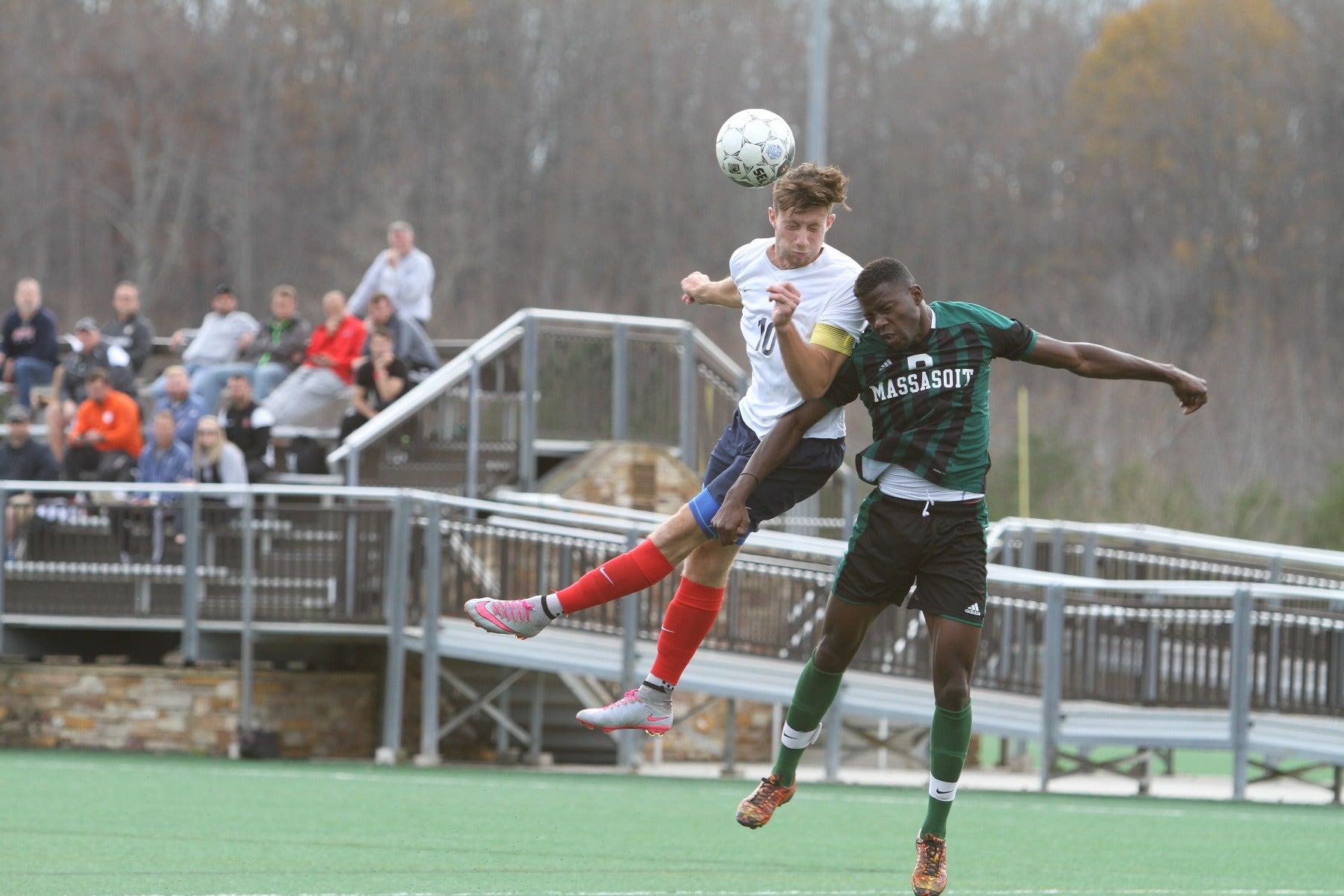
Using a camera with an APS-C sensor can add a bit of range to your telephoto lens
Conclusion
Entering into sports or wildlife photography is an exciting opportunity to expand upon your photography skill set. With the right equipment, patience and practice, you can elevate your photography considerably while gaining great enjoyment in the finished product. There is a broad range of telephoto lenses available to suit anyone participating in this genre. We highly recommend obtaining more significant insight into what is best for you through in-store support. Before long, you too could be in the stands, or in a forest, tracking your favourite subject.
If you want some more tips on how to photograph wildlife and sports, read our wildlife photography primer and our sports photography primer. And if want to see the telephoto lens options available to you, don't hesitate to visit your local digiDirect store where staff can help you test out these lenses for yourself!



















































































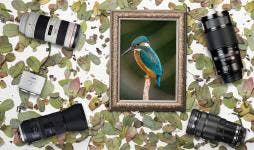


Comments
No Comments yet. Be the first to comment.